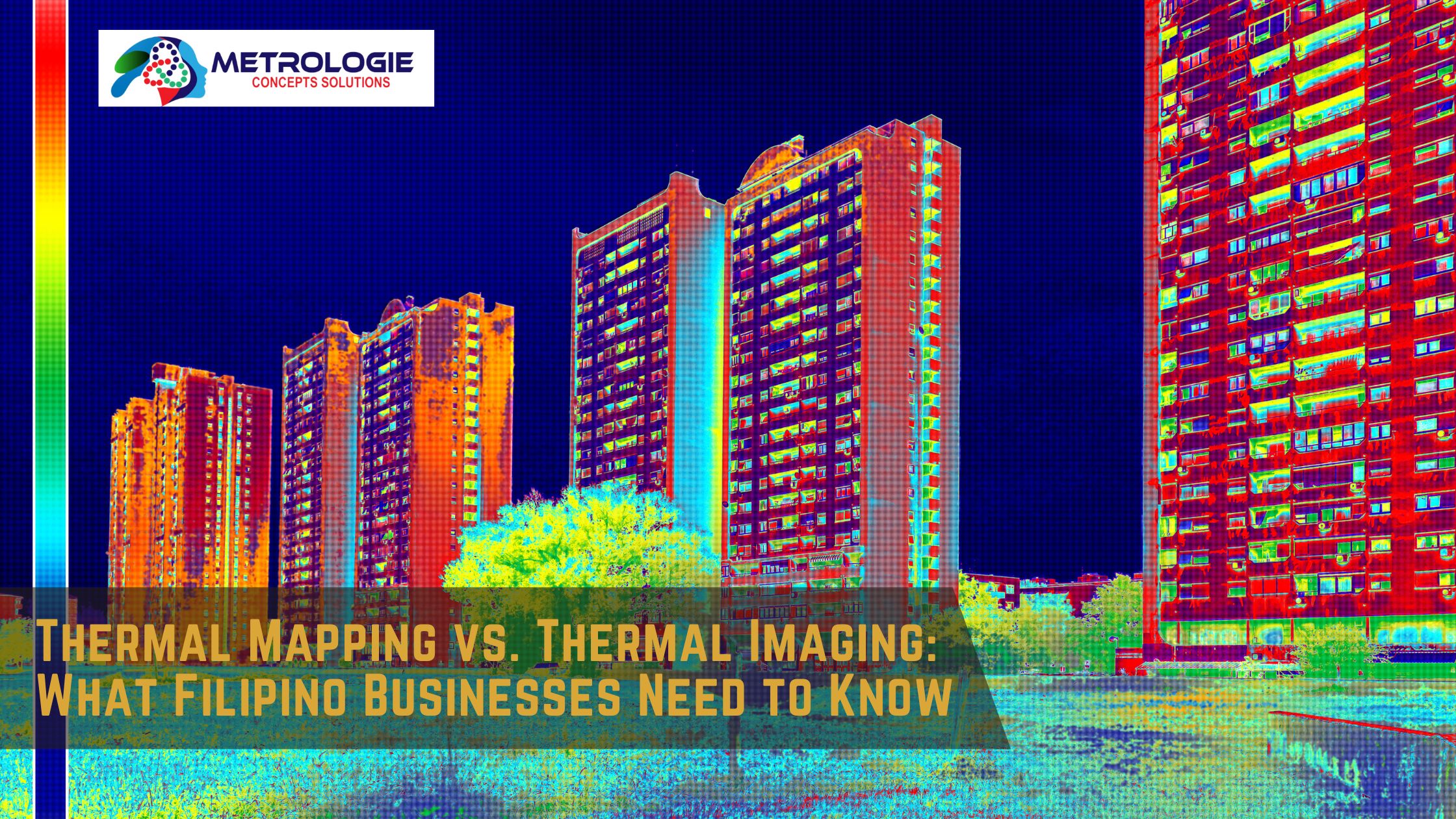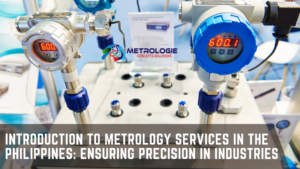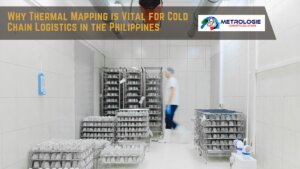Introduction
In the rapidly evolving landscape of technology, businesses in the Philippines are continuously seeking innovative solutions to enhance operational efficiency, safety, and sustainability. Among these technological advancements, thermal mapping and thermal imaging stand out as critical tools with wide-ranging applications. From ensuring product quality in manufacturing to maintaining optimal conditions in storage facilities, these technologies provide valuable insights that can significantly impact business operations.
This comprehensive guide will delve into the intricacies of thermal mapping and thermal imaging, exploring their differences, applications, benefits, and how Filipino businesses can leverage these technologies to stay competitive in the market.
Understanding Thermal Mapping
What is Thermal Mapping?
Thermal mapping is a process that involves the systematic recording and analysis of temperature variations within a specific environment over time. It is used to identify areas of concern, such as hot spots or cold spots, which can affect the quality and integrity of products, equipment, or processes.
Applications of Thermal Mapping in Businesses
- Pharmaceutical Industry
- Ensuring proper storage conditions for temperature-sensitive medications.
- Compliance with regulatory standards.
- Food and Beverage Sector
- Maintaining optimal storage temperatures for perishable goods.
- Preventing spoilage and ensuring food safety.
- Warehousing and Logistics
- Monitoring temperature variations in storage facilities.
- Enhancing inventory management and reducing waste.
How Thermal Mapping Works
Thermal mapping involves placing temperature sensors throughout the environment being monitored. These sensors collect data over a defined period, which is then analyzed to create a thermal map. The map highlights temperature variations and helps identify areas that require attention.
Benefits of Thermal Mapping
- Quality Assurance
- Ensures products are stored or transported at the correct temperatures.
- Regulatory Compliance
- Helps businesses comply with industry regulations and standards.
- Cost Savings
- Reduces waste and spoilage, leading to cost savings.
Key Considerations in Thermal Mapping
- Sensor Placement
- Strategic placement of sensors is crucial for accurate data collection.
- Data Analysis
- Effective analysis of collected data to identify trends and anomalies.
- Regular Monitoring
- Continuous or periodic monitoring to ensure consistent conditions.
Exploring Thermal Imaging
What is Thermal Imaging?
Thermal imaging, also known as thermography, is a technique that uses infrared cameras to capture images based on the heat emitted by objects. These images, called thermograms, provide visual representations of temperature distributions, making it easier to identify hot and cold areas.
Applications of Thermal Imaging in Businesses
- Building Inspections
- Identifying heat loss and insulation issues.
- Detecting electrical faults and moisture problems.
- Manufacturing
- Monitoring equipment and machinery for overheating.
- Ensuring quality control in production processes.
- Electrical Systems
- Inspecting electrical panels and connections.
- Preventing potential fire hazards.
How Thermal Imaging Works
Thermal imaging cameras detect infrared radiation emitted by objects and convert it into electronic signals. These signals are then processed to create a thermogram, which can be analyzed to identify temperature variations.
Benefits of Thermal Imaging
- Non-Invasive
- Provides a non-invasive way to inspect and monitor equipment and structures.
- Real-Time Analysis
- Offers real-time visualization of temperature distributions.
- Preventive Maintenance
- Helps in early detection of issues, allowing for preventive maintenance.
Key Considerations in Thermal Imaging
- Camera Resolution
- Higher resolution cameras provide more detailed thermograms.
- Calibration
- Regular calibration of thermal cameras ensures accuracy.
- Environmental Factors
- Consideration of environmental conditions that may affect thermal readings.
Comparing Thermal Mapping and Thermal Imaging
Similarities Between Thermal Mapping and Thermal Imaging
- Temperature Monitoring
- Both techniques are used to monitor and analyze temperature variations.
- Preventive Maintenance
- Aid in the early detection of potential issues.
- Data-Driven Decisions
- Provide valuable data for informed decision-making.
Differences Between Thermal Mapping and Thermal Imaging
- Methodology
- Thermal mapping uses sensors placed in various locations, while thermal imaging uses infrared cameras.
- Data Presentation
- Thermal mapping creates detailed temperature maps, whereas thermal imaging produces visual thermograms.
- Applications
- Thermal mapping is often used for long-term monitoring, while thermal imaging is suitable for real-time analysis.
Choosing the Right Technology for Your Business
Factors to Consider
- Business Needs
- Determine the specific needs of your business and the type of temperature monitoring required.
- Budget
- Consider the budget available for implementing these technologies.
- Regulatory Requirements
- Ensure compliance with industry-specific regulations and standards.
Case Studies: Successful Implementation in Filipino Businesses
- Pharmaceutical Company
- Improved storage conditions and compliance with regulatory standards through thermal mapping.
- Manufacturing Plant
- Enhanced equipment maintenance and production quality with thermal imaging.
- Warehouse Facility
- Reduced spoilage and waste by implementing thermal mapping.
Future Trends in Thermal Technologies
Advancements in Thermal Imaging and Mapping
- Integration with IoT
- Enhanced monitoring capabilities through the integration with Internet of Things (IoT) devices.
- Artificial Intelligence
- Improved data analysis and predictive maintenance using AI algorithms.
- Portable Devices
- Development of more portable and user-friendly thermal cameras and sensors.
Conclusion
Thermal mapping and thermal imaging are powerful tools that offer significant benefits to businesses in the Philippines. By understanding the differences, applications, and advantages of each technology, businesses can make informed decisions to enhance their operations, ensure quality, and comply with regulatory standards. Whether it’s through long-term temperature monitoring or real-time analysis, these technologies provide valuable insights that can lead to cost savings, improved efficiency, and better overall performance.
FAQs
What are the main differences between thermal mapping and thermal imaging? Thermal mapping uses sensors to record temperature variations over time, creating detailed maps. Thermal imaging uses infrared cameras to capture real-time images of temperature distributions.
How can thermal mapping benefit the pharmaceutical industry? Thermal mapping ensures proper storage conditions for temperature-sensitive medications, helping to maintain product integrity and comply with regulatory standards.
Is thermal imaging suitable for preventive maintenance? Yes, thermal imaging is excellent for preventive maintenance as it provides real-time visualization of temperature variations, helping to identify potential issues before they become serious problems.
What factors should businesses consider when choosing between thermal mapping and thermal imaging? Businesses should consider their specific needs, budget, and regulatory requirements when choosing between thermal mapping and thermal imaging technologies.
Can thermal technologies be integrated with other systems? Yes, thermal technologies can be integrated with Internet of Things (IoT) devices and artificial intelligence (AI) systems to enhance monitoring and data analysis capabilities.
What are some future trends in thermal technologies? Future trends in thermal technologies include integration with IoT, advancements in AI for better data analysis, and the development of more portable and user-friendly devices.




